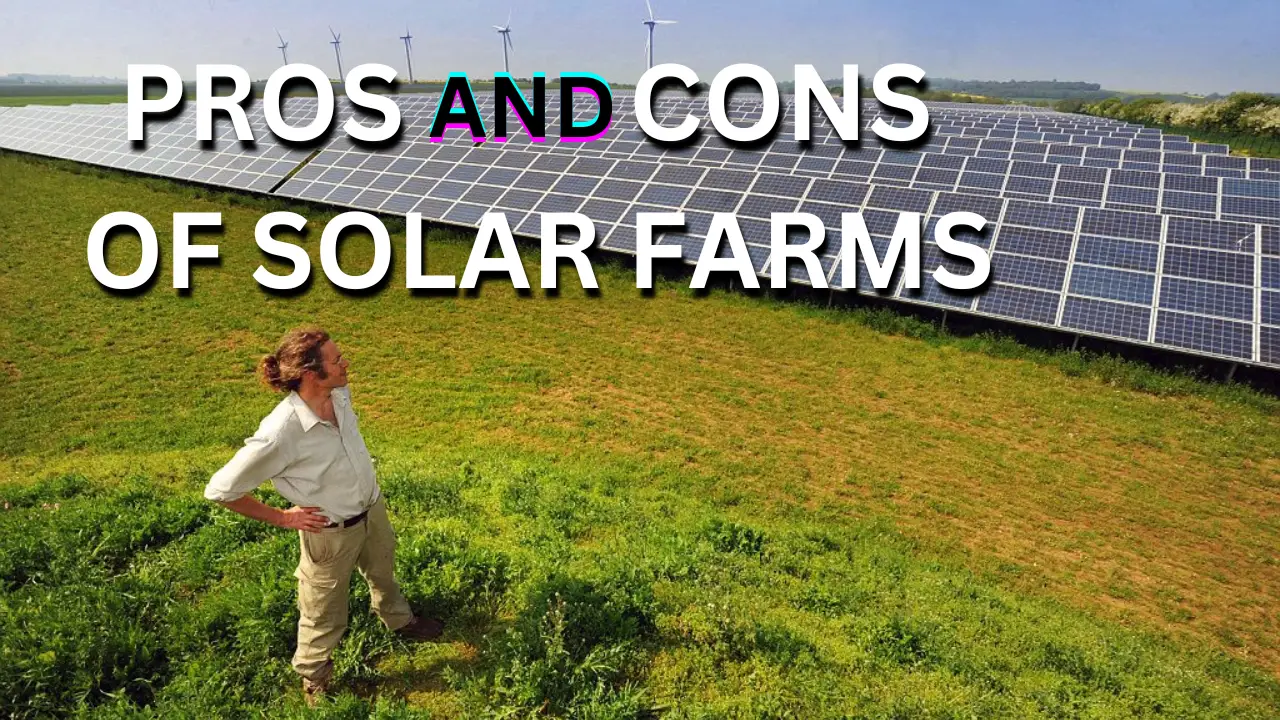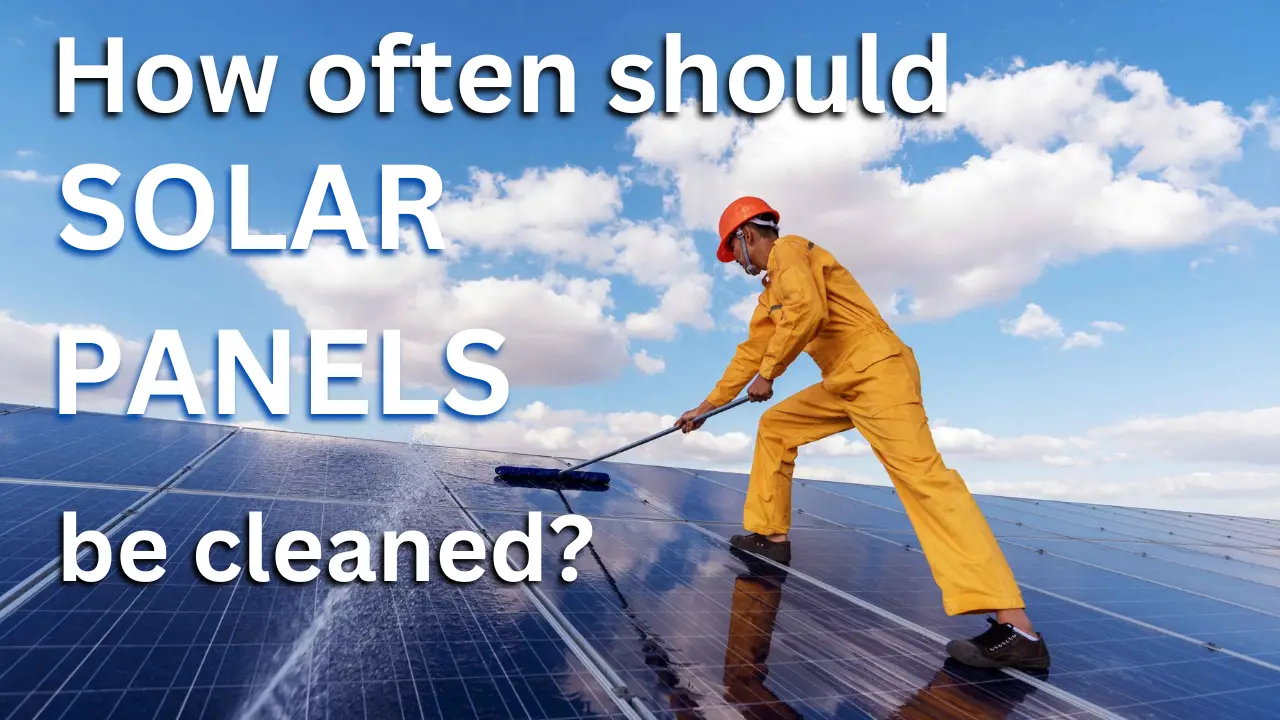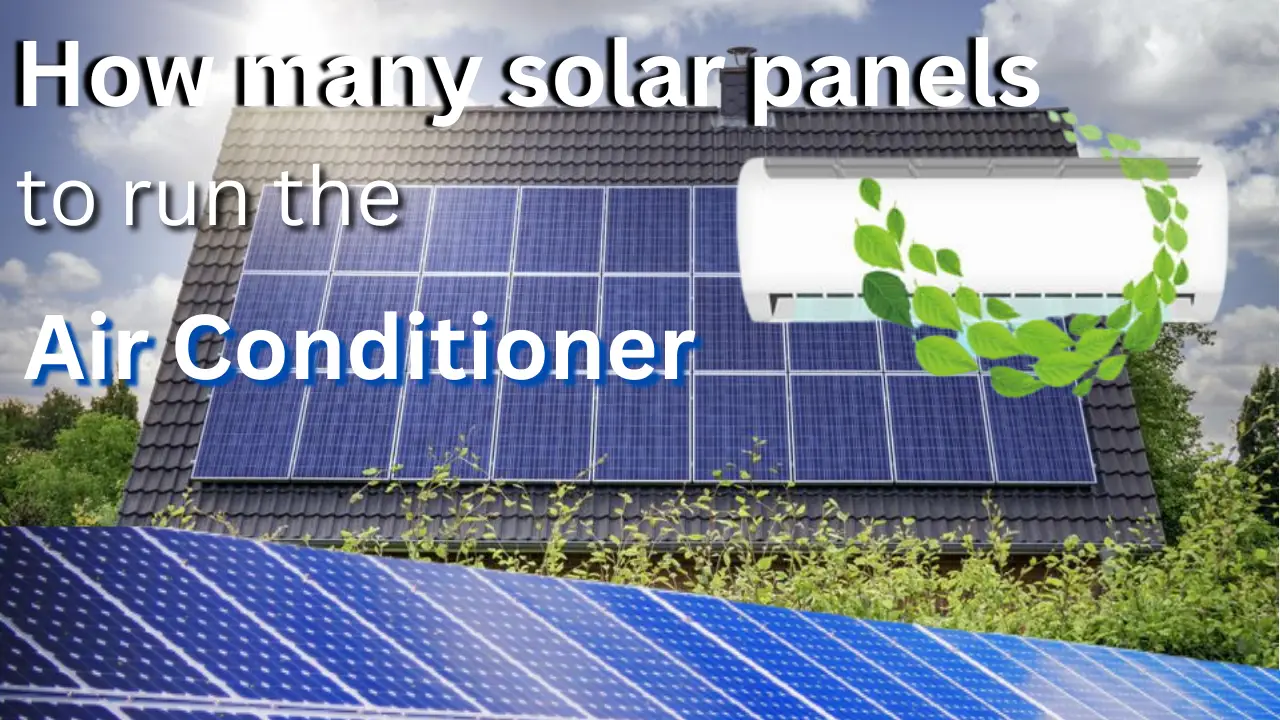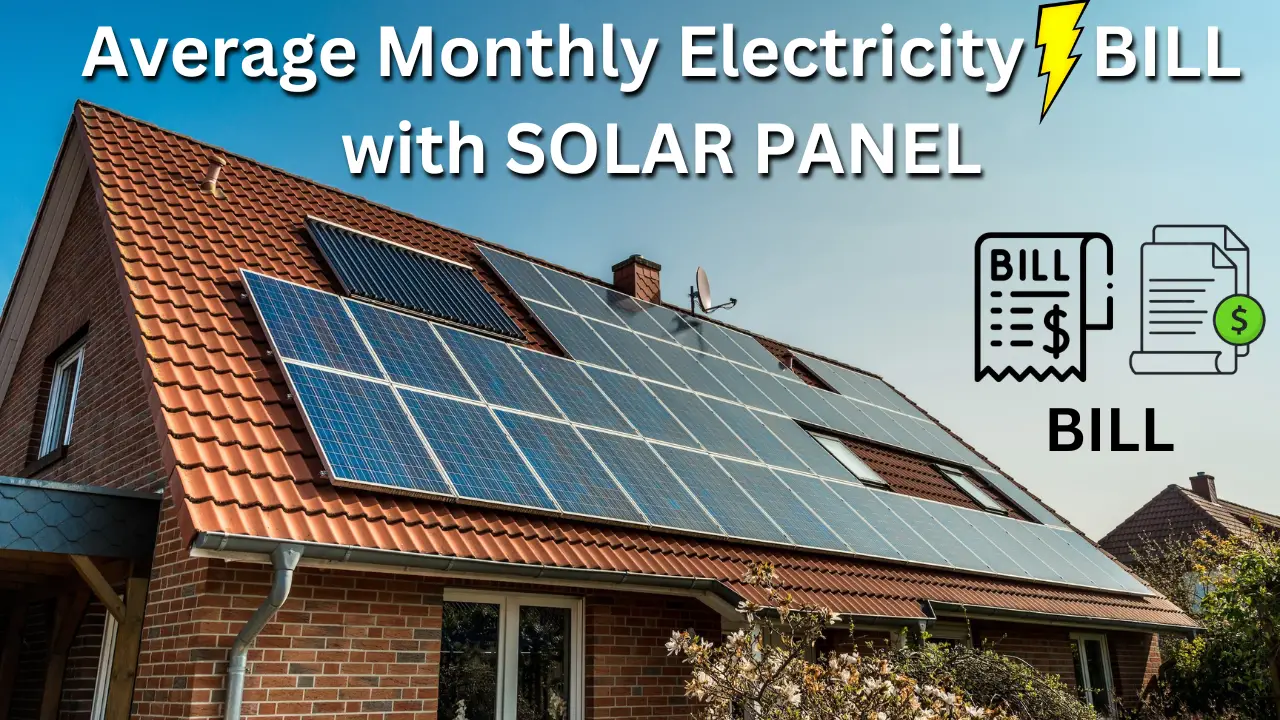Solar farms have grown in popularity as a method of utilizing this enormous renewable resource, and solar energy has emerged as a possible replacement for traditional fossil fuels. Solar farms could completely change our energy system since they can provide clean, renewable electricity.
However, solar farms have their own set of pros and cons, just like any other technology. This article attempts to analyze the advantages and disadvantages of solar farms, shedding light on how they impact the environment, the economy, and society in general.
What is a solar farm?
In order to generate electricity from the sun’s energy, a solar farm assembles solar arrays on unused land. In contrast to massive utility-scale solar farms, which are being built to provide enough electricity to power numerous houses and businesses, homeowners using solar panels on their rooftops want to meet their own personal energy demands.
Solar farm workers are who? Similar to how fossil fuel energy plants do it, a solar panel farm feeds electricity into the electrical grid. The fact that solar farms produce no pollution and consume almost no water is the only distinction between them and traditional power plants.
Large commercial photovoltaic (PV) solar farms frequently use hundreds or thousands of covered PV panels to convert the sun’s energy into power.
Types of Solar Farms
Solar farms come in two varieties. Solar farms can make use of solar thermal energy arrays as well as photovoltaic (PV) solar panels.
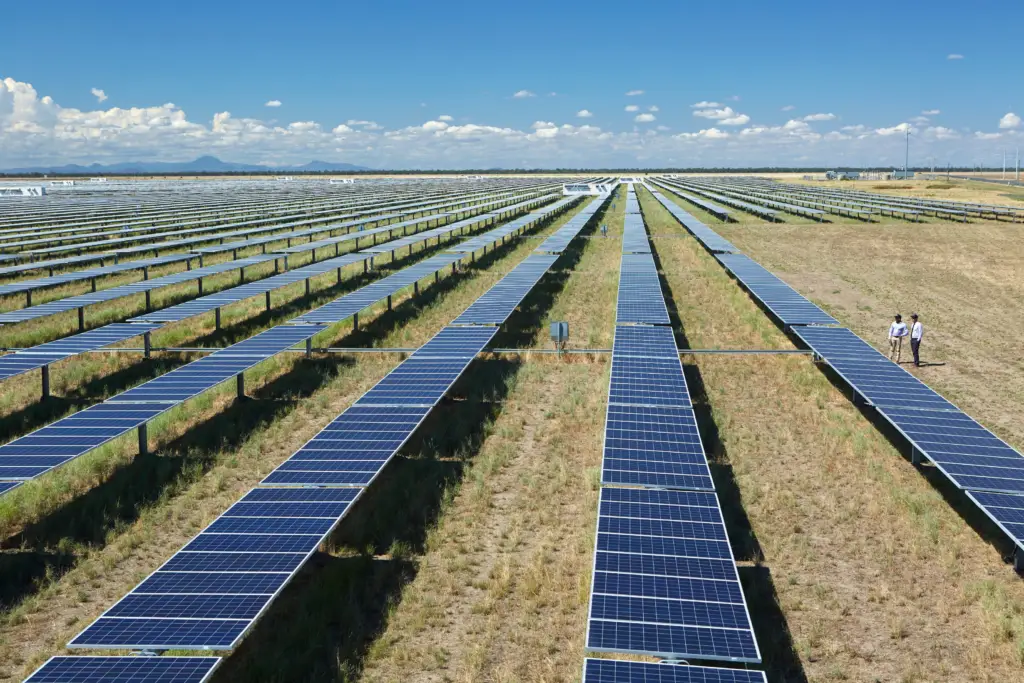
- Solar panels used in photovoltaic solar panel farms instantly turn sunlight into electricity.
- In a solar thermal energy farm, the sun’s energy is collected, reflected, and focused using troughs. To heat a fluid used for heat transfer. This exchange fluid is pumped into a thermal engine, which turns the heat into power.
Pros & Cons of Solar Farms
Here is a list of all the advantages and disadvantages of solar farms-
| PROS OF SOLAR FARMS | CONS OF SOLAR FARMS |
| Renewable and clean energy source | Land and habitat impacts |
| Low maintenance | Expensive |
| One-time investment | Expensive energy storage |
| Scalability and flexibility | Manufacturing and disposal of solar panels |
| Decrease reliance on fossil fuels | Take a lot of space |
| Promotes energy democratization | Social Implications and equitable distribution |
| Boost the local economy and create jobs | Low capacity factor and High upfront costs |
| Zero emissions | Solar waste at end-of-life |
Pros of solar farms
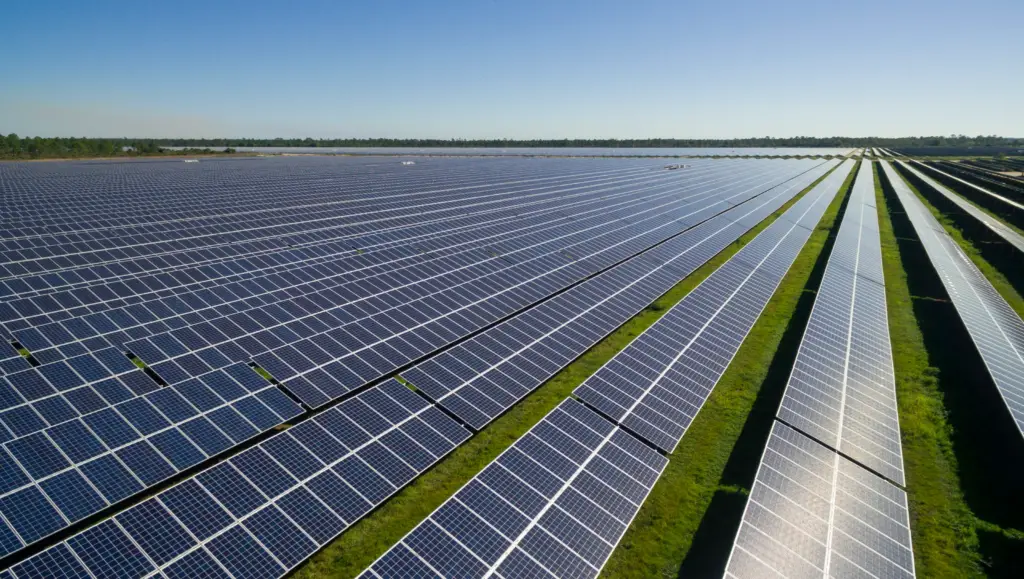
Due to the vast amount of undeveloped land and the suitable climate, solar farms are becoming increasingly popular in the United States. Let’s examine all the benefits that solar farms can provide for us. You can explore the benefits and drawbacks of residing close to a solar farm if you’re considering moving or constructing one on your property.
Using renewable energy
The free and renewable energy of sunshine is used to generate power in solar farms. Solar energy is captured by solar panels and transformed into electrical energy. Unlike fossil fuels, the sun is predicted to exist for the next five billion years since it cannot be destroyed. The sun is, therefore, constantly present.
Low maintenance
Solar farms generally require minimal maintenance once installed. Solar panels have no moving parts, reducing the risk of mechanical failures. Routine inspections and occasional cleaning are typically sufficient to ensure optimal performance. This low maintenance requirement makes solar farms a cost-effective and hassle-free energy solution.
One-time expense
Solar farms represent appealing investment and commercial options. They are one-time expenditures because they have no maintenance, operating, and minimal recurrent cost. The photovoltaic system’s productivity doesn’t significantly decline with time. The same panels still provide the plant with power even after twenty years.
Scalability and Modularity

Solar farms offer scalability, allowing them to be customized to meet specific energy demands. Solar farms can be created and put into operation modularly, offering flexibility and adaptation, whether it’s a small-scale installation for a neighborhood or a significant utility-scale undertaking.
Technology evolution
The development of photovoltaic technology is still ongoing. The potential for creating more sophisticated solar cells and cost-effective production techniques is enormous. It is anticipated that photovoltaic technology will advance over time if past trends are any indication. Additionally, the cost per watt of power will drop. The solar sector will expand and become more accessible shortly.
Reduce the use of fossil fuels
The majority of the world’s energy still comes from fossil fuels. A small portion of the world’s overall energy supply comes from renewable sources. The worst pollutants are coal and natural gas power stations, which release millions of tons of carbon dioxide annually. We can lessen the adverse effects of fossil fuels by going toward solar farms.
Promotes energy democratization
Promoting energy democratization gives people and communities more authority over how much energy they produce and use. With solar farms, people can generate electricity, reducing dependence on centralized power grids and traditional energy providers. This decentralization of energy production allows for greater energy independence and choice.
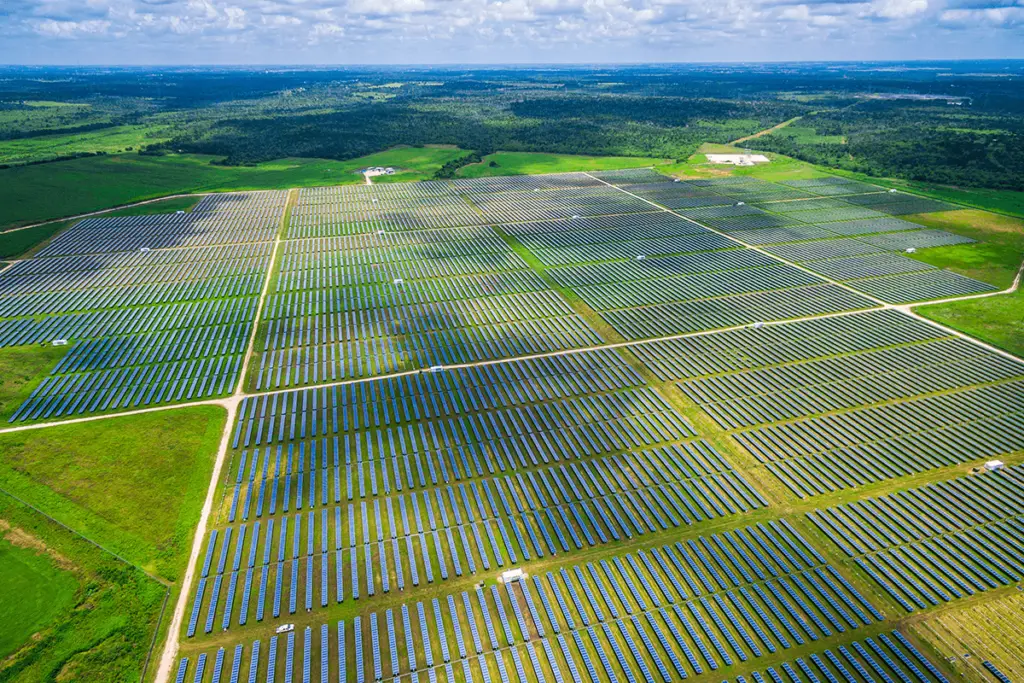
Solar farms allow people and communities to actively participate in the energy transition by transforming from passive consumers to active providers of clean energy. This encourages the development of a more democratic energy system where a larger population, regardless of location or socioeconomic level, may benefit from renewable energy.
Increase the local economy and employment
This argument might not be very persuasive, considering that other power plants have the same issue. The local economy is boosted, and solar farms create jobs. However, the early stages of the project, before commissioning, receive the most boost and employment creation.
Additionally, the bulk of occupations are contract-based. Additionally, since there is more employment, there are more expenses, which drives up the cost of power.
Zero emissions
Fossil fuel power facilities emit many pollutants and chemicals, including greenhouse gases, into the environment. The increase in carbon dioxide levels causes a serious threat to the ecosystem worldwide. Contrarily, emissions from solar farms are completely negligible.
They are pretty eco-friendly. There are no greenhouse gas emissions in the direct form. Unlike nuclear power plants, they do not discharge any radioactive nuclear waste.
It is crucial to remember that solar panels and other components do, in fact, already have a carbon footprint. This indicates that carbon dioxide and other gases are emitted while manufacturing solar modules and other solar farm components. However, this greenhouse gas emission pales in comparison to the total beneficial effects of solar farms.
Cons of Solar Farms

By examining the benefits of solar farms, it is evident that they have a promising future. But they still have a lot of problems that need to be fixed. The drawbacks of solar farms are listed below.
Land and habitat impacts
Solar farms require significant land for installation, especially for large-scale projects. This can lead to habitat disruption, fragmentation, and the displacement of wildlife. The clearing of land for solar farms can have adverse effects on local ecosystems and biodiversity. Careful site selection and impact assessments are necessary to minimize these impacts.
Expensive
The initial capital investment required to construct and install solar farms can be substantial. Costs include land acquisition, equipment, and installation expenses. Although the price of solar panels has declined, some investors or communities may still find the initial expenses a barrier. The fact that solar farms have much lower long-term operational costs than conventional electricity facilities must always be kept in mind.
High-cost energy storage
The weak storage cells in today’s cell phones are one of its many issues. Because of this, we are forced to charge our phones or use battery backups constantly. Solar technology has a similar issue.
Electricity is generated via solar farms during the day. But the solar panel system won’t function at night or in the evening. As a result, the grid won’t be able to power our homes with solar energy at night. Batteries are useful in this scenario because we can store the energy during the day and use it at night.
The problem with batteries, though, is their high price. They are heavy and quite pricey. When we desire a device to have a long battery life, it makes our cell phones and computers more expensive and bulkier.
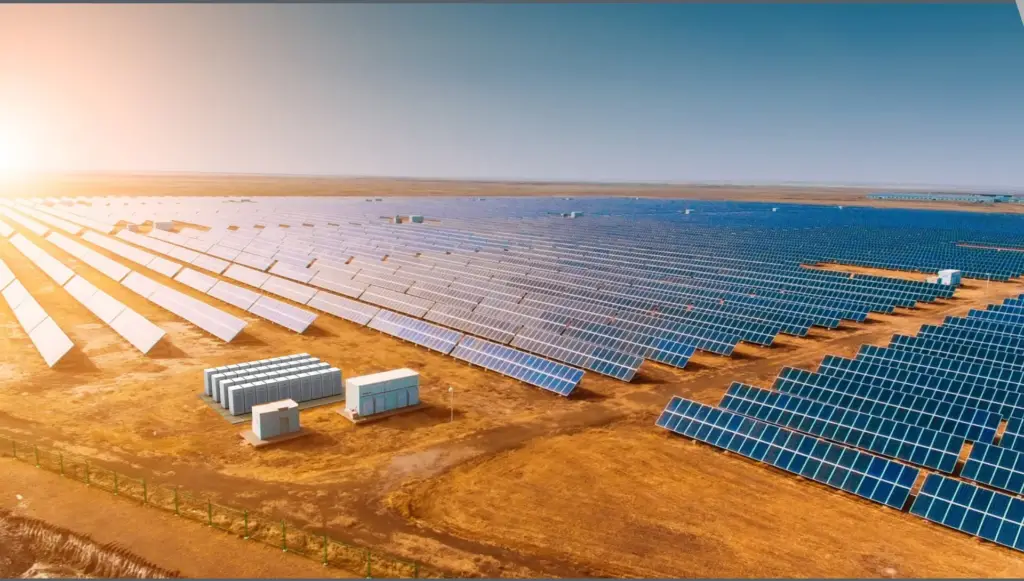
Storing all the extra energy PV panels produce is not a good idea. The solar farm’s economics might not be successful. Moreover, the project can become impossible.
Manufacturing and disposal of solar panels
The production of solar panels involves the use of various materials, including rare metals and chemicals. The extraction and processing of these materials can have environmental consequences, including habitat destruction and pollution.
Additionally, at the end of their life cycle, solar panels can contribute to electronic waste if not properly recycled or disposed of. Appropriate recycling and end-of-life management procedures are crucial to reduce the negative environmental effects of the production and disposal of solar panels.
Take up a lot of room
There is no denying that renewable energy has a terrible reputation for requiring a lot of land. According to an NREL analysis, the one-axis photovoltaic system requires 8.7 acres of land per MWAC.
On the other hand, a straightforward analysis from strata.org indicates that each MWAC of coal power in the US requires 0.699 acres of land. The stark contrast between the two values is evident. Compared to coal power plants, solar farms require a lot more space.
Solar farms do have the advantage of having easily recoverable land, though. On the other hand, reclaiming the land utilized by coal or nuclear power facilities is expensive.
Low capacity factor and high upfront costs
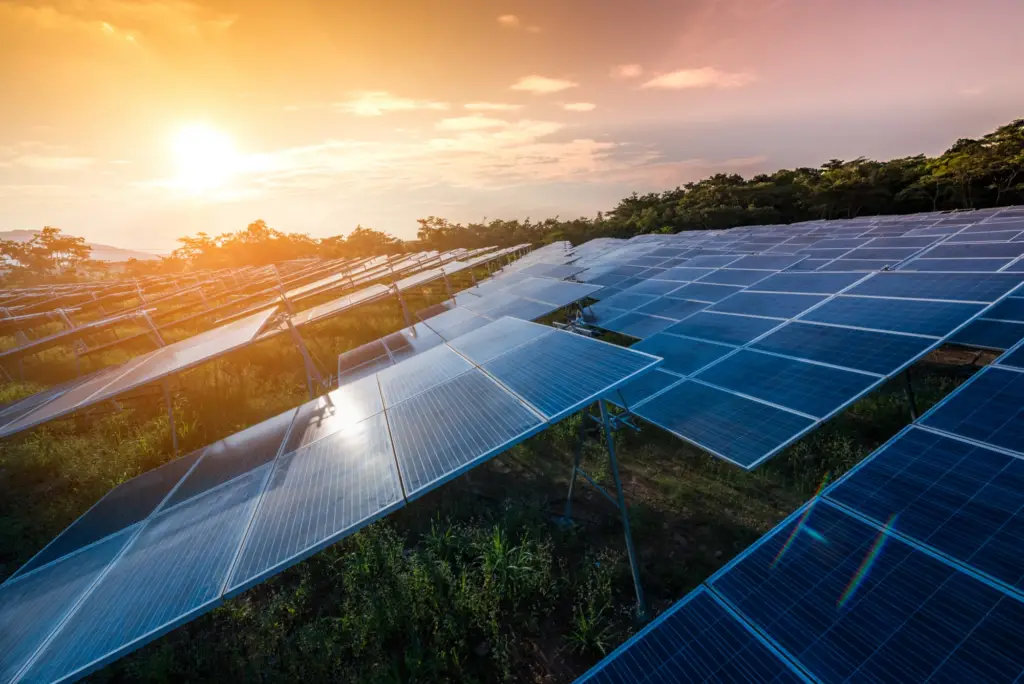
Solar farms’ capacity factors describe the percentage of their maximum power output that they can maintain over time. Solar farms’ capacity factor is lower than that of certain other energy sources since they can only generate electricity when the sun is shining.
Solar energy’s intermittent nature might lead to lower average power output than continuous power sources. Additionally, the design, building, and installation of solar farms need a sizable upfront investment, which can be expensive for project planners and financiers.
Social Implications and equitable distribution
Solar farms can have social implications, including concerns over visual impact and community acceptance. Installing large-scale solar arrays can alter the landscape and be viewed as visually intrusive by some individuals or communities.
Additionally, ensuring equitable distribution of the benefits of solar farms is crucial. It is essential to address any potential disparities and ensure that marginalized communities have access to the advantages of solar energy.
Solar waste at end-of-life
Solar panels have a 25-30 years lifespan, after which they may need to be replaced. Disposing of old or damaged solar panels can contribute to improper electronic waste management. To reduce waste and its adverse environmental effects, it is crucial to establish efficient recycling programs and environmentally sound disposal procedures for solar panels.
Environmental Impacts of Solar Farms
Solar farms have the potential to offer significant environmental benefits, but some disadvantages need to be taken into account. Firstly, the large land area required for solar installations can result in habitat disruption and fragmentation.
Clearing land for solar farms can displace wildlife species and disrupt local ecosystems. Careful site selection and impact assessments can help mitigate these concerns, ensuring minimal disruption to sensitive habitats.
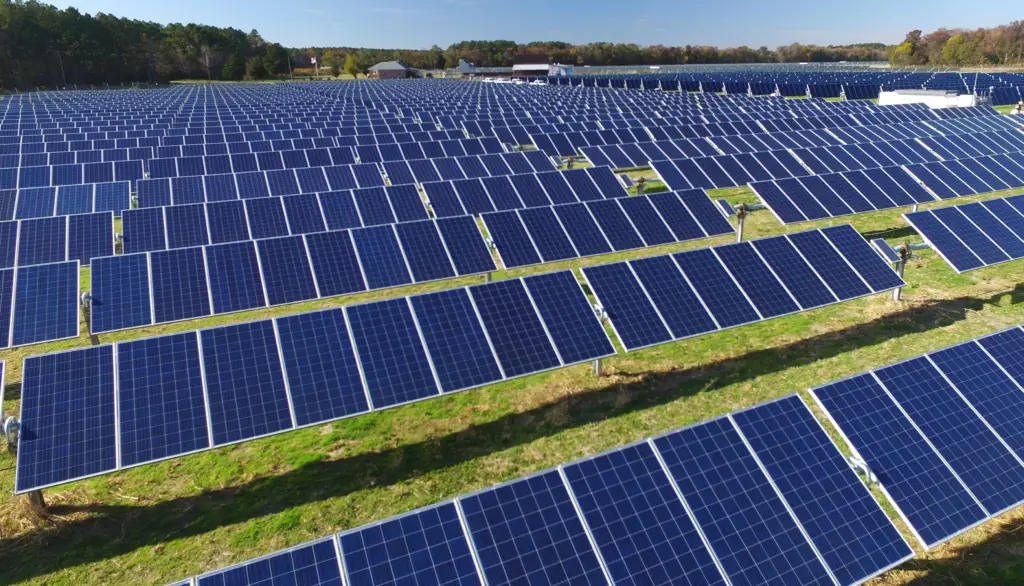
Additionally, the manufacturing process of solar panels involves using rare metals and chemicals. The extraction and processing of these materials can have environmental consequences, including habitat destruction and pollution. Solar panel manufacturers need to adopt sustainable practices and minimize the use of hazardous substances.
Furthermore, the disposal of old or damaged solar panels poses a challenge. Improper disposal can lead to the release of toxic materials into the environment. Developing efficient recycling programs and implementing proper end-of-life management strategies for solar panels is crucial to minimize the environmental impact of their disposal.
Conclusion
Solar farms represent a significant stride towards a cleaner and more sustainable future. They offer numerous advantages, including producing clean energy, job creation, and energy independence.
Solar farms can be scaled up or down to suit various energy demands, reducing transmission losses and promoting local generation. However, challenges such as land and habitat impacts, visual concerns, upfront costs, intermittent power generation, and waste management must be addressed.
Planning ahead and considering social, economic, and environmental considerations are essential to maximizing the advantages of solar farms. We can usher in a future powered by clean and renewable energy by finding a balance between utilizing the sun’s power and minimizing any potential downsides.

